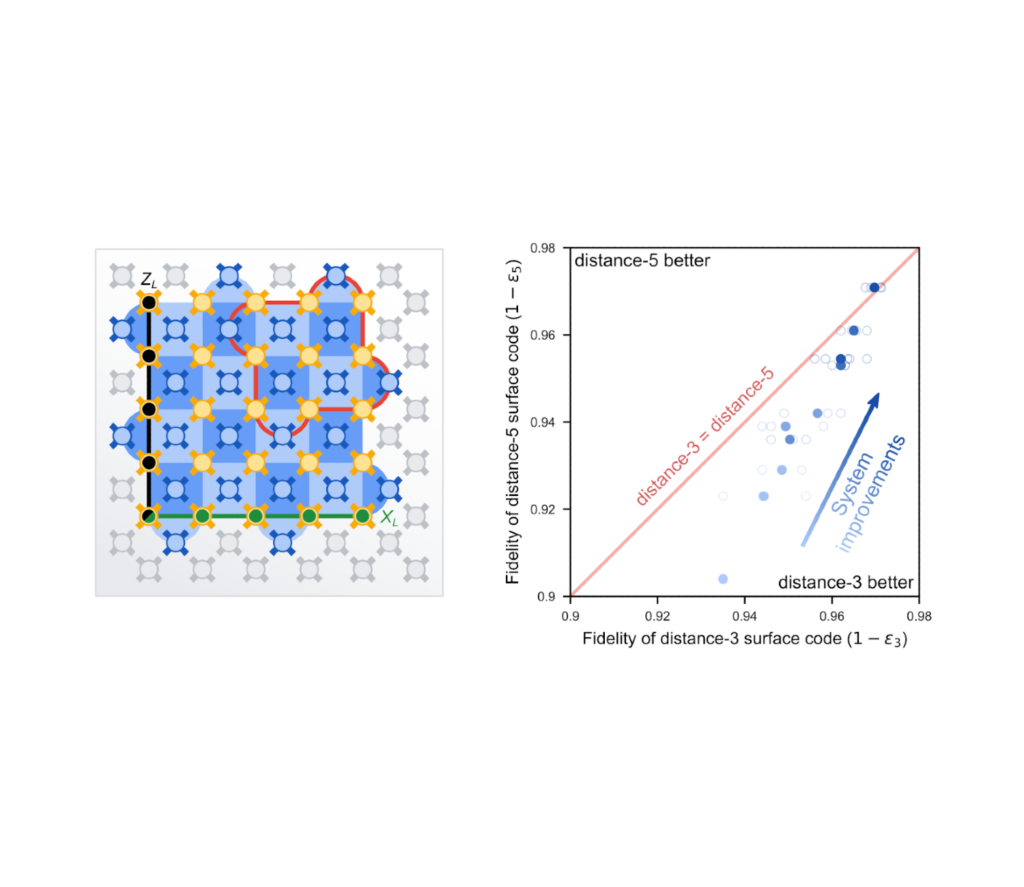Researchers have analyzed an existing model for investigating noise in quantum systems and devised a method for quantifying its quantum capacity, which is the number of qubits of information that a quantum system is capable of transmitting over a single use of fiber without risk.
Researchers from the University of Amsterdam in the Netherlands and Cornell University in the United States have published their method in Nature Photonics
The current model, known as the bosonic dephasing channel, investigates disturbance in quantum systems and how it impacts the transmission of quantum data.
The model depicts the dephasing affecting a single node of light with a particular wavelength and polarization.

Dephasing in quantum systems, which is the alteration or tampering of the phase of a quantum system, can be detrimental to the success of quantum computing.
In addition to quantifying the capacity, the new study determines the amount of redundancy required to safeguard a quantum message from dephasing noise. According to the researchers, this is significant.
Quantum computing employs quantum mechanics principles to accomplish calculations. Quantum computers use quantum bits, or qubits, which can be in a superposition of 0 and 1 simultaneously, allowing them to factor very large numbers in a fraction of the time it would take a classical computer.
While it is advantageous for a quantum computer to perform multiple parallel calculations, the reality is much more complex, according to the researchers. The quantum computer’s wave function, which represents its physical state, has multiple branches, each with its own phase.
A phase can be compared to the position of a clock’s hand, which can point in any direction on the face of the clock.
At the conclusion of its computation, the quantum computer combines the results of all simultaneous computations performed on distinct branches of the wave function into a single solution.
“The phases associated with the distinct branches play a crucial role in determining the outcome of this recombination process,” explained Ludovico Lami, University of Amsterdam.
In common devices such as optical fibres, which transmit data in the form of light, the researchers asserted that light rays traveling through a fibre may follow distinct trajectories, each associated with a distinct phase.
According to them, the dearth of knowledge regarding the route followed constitutes an effective dephasing noise.
To counteract the effects of noise, redundancy can be incorporated into the message to ensure that the quantum information is still retrievable at the receiving end. This is comparable to uttering “Alpha, Beta, Charlie” over the phone instead of “A, B, C.” Even though the message is longer, redundancy ensures that it is accurately comprehended.

